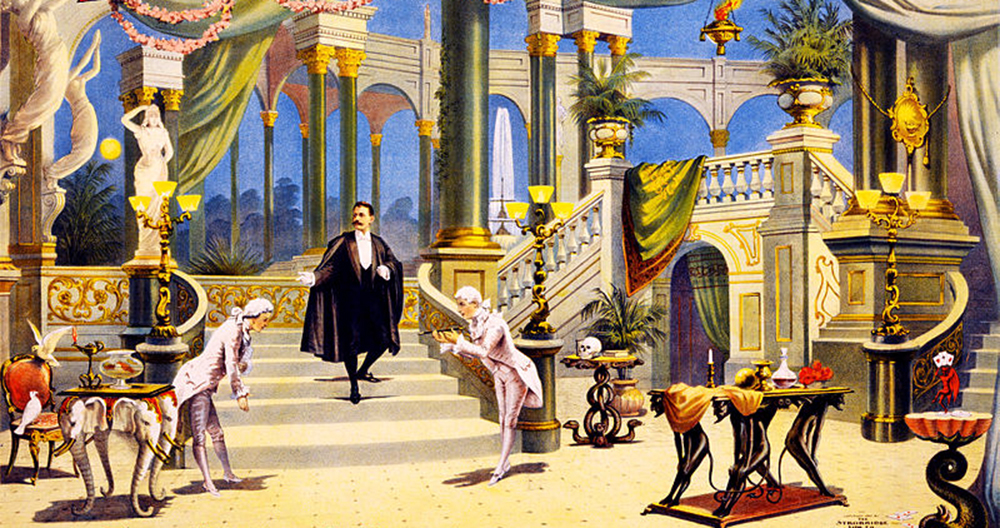In theatrical magic, misdirection is a method of deceit where the performer is able to draw attention of the audience to one thing to distract it from something else. Managing audience attention is the aim of all theatre, and is the primary prerequisite for all magic shows. It doesn’t matter if the magic is the “pocket trick” variety or an extensive stage production, misdirection is the central element. The term is used to describe either the result (the eye’s attention being drawn to an unimportant object) or the sleight of hands or patter (the magician’s speech) that creates it.
It is difficult to say who was the first person to coin the term, but the first reference to misdirection can be found in the writings of a renowned magician and writer, Nevil Maskelyne. it is a method of distracting the senses of the audience to block out from detection certain details for which secrecy is required. The same time, magicianand artist Harlan Tarbell noted, Nearly everything about sleight of hand depends on the art of misdirection.
A few magicians who have researched and evolved techniques of misdirection are Paul Rosini, Max Malini, Tommy Wonder, Derren Brown, Tamariz, Slydini, and Dai Vernon.
Henry Hay describes the chief act of conjuring as manipulation of interest.
Some magicians divert attention of the audience in two basic ways. The first is to make the audience turn their attention away for a short time, so that they don’t detect some sleight or move. The other approach re-frames the viewers’ perceptions, leading the audience into believing that an extraneous factor is a significant factor in the accomplishment of the feat even though it has no bearing on the result in any way. Dariel Fitzkee explains that the real talent of the magician is the ability that he displays in manipulating the spectators mind. In addition, sometimes, props such as the magic wand can aid in misdirection.

Without mastery of
Misdirection exploits the limitations of the human mind to create a false picture and memory. The brain of a typical audience member can only concentrate on one thing at the time. The magician utilizes this to manipulate the perceptions or ideas of the audience of sensory inputwhich leads them to incorrect conclusion.
Magicians have debated the meaning of the term, “misdirection,” causing many discussions regarding what it is and how it functions. Proficient illusionist Jon Finch identified a difference between direction and misdirection. One being a negative term, while the other is a positive. In the end, he considers the two as one thing. If a performer, by some means, has directed the thoughts of the viewers to believe that he has done something that he’s not done, he has wrongly directed them into this beliefwhich is why he has misdirected them.
Tommy Wonder has pointed out that it is much more efficient, from a magician’s point of viewin focusing on the positive aim of directing the audience’s attention. He writes that misdirection implies an untrue direction. It implies that attention is diverted towards something. Through constant use of this phrase, it eventually becomes so it is ingrained into our brains that we might start to think that misdirection is directing attention away from rather than toward something.

Tony Slydini explained that if a magician believes that, the audience will believe in it, and magicians are something that they cannot perceive. The trick is to accept what the magician says and then follows the magician. more info on misdirection
